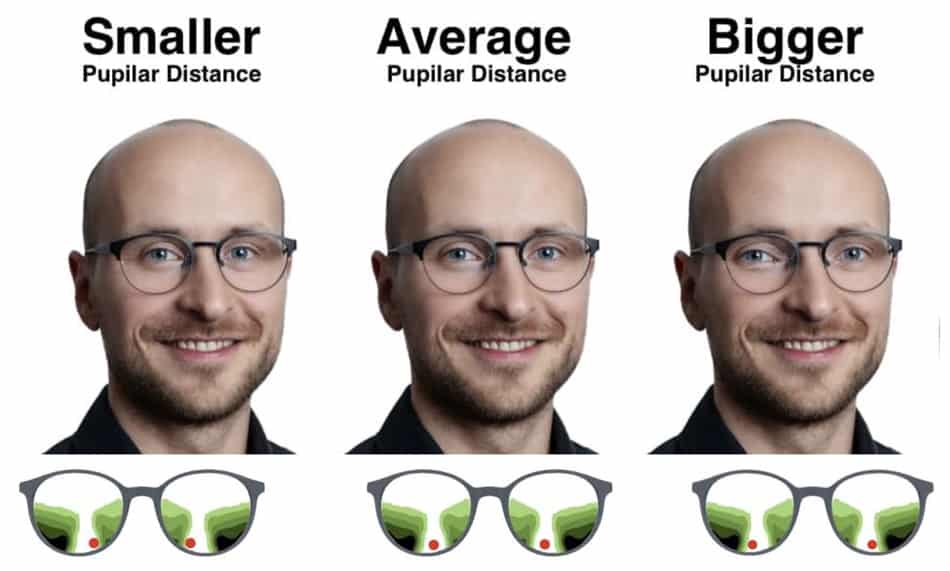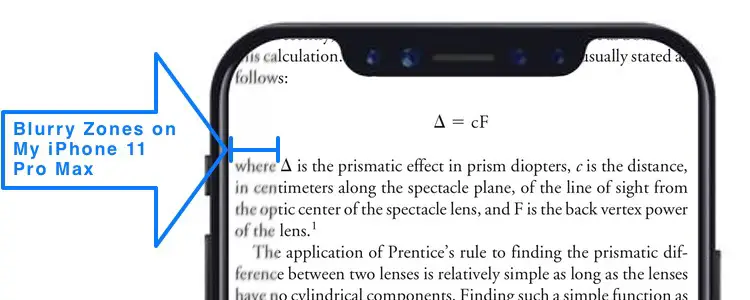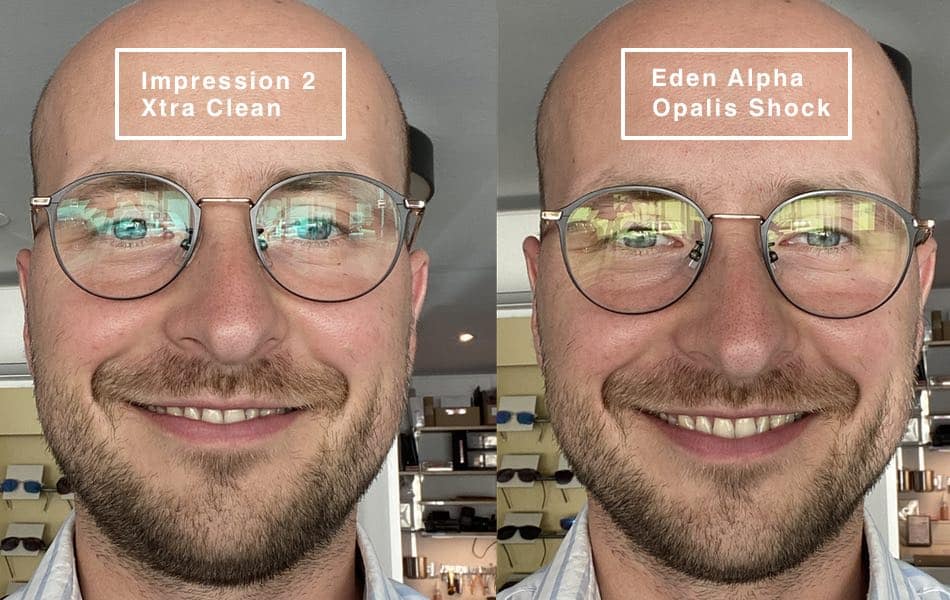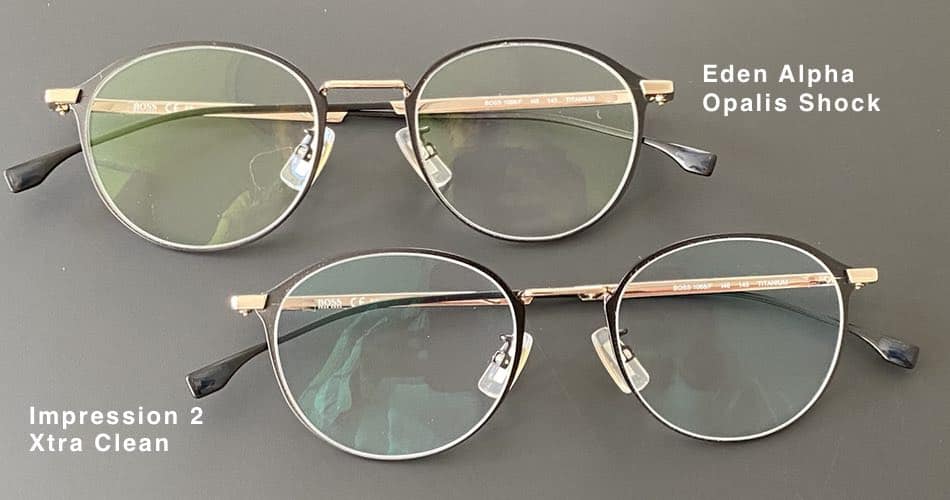In this review about the Eden Alpha progressive lenses from Novacel, you will find out what was just fine and what was not so good with this progressive lens design.
So before we dive deep into my review you should know the exact configuration I chose. It is the Eden Alpha with the 1.6 material and the coating is the Opalis Shock UV from the Novacel.
The time for me to adjust to these lenses was short. By this I mean I was able to use those lenses right away but here comes the bummer I had to rotate my head slightly always to get it to work regarding while reading and in the mid-distance while using my laptop.
During the reading, I had to reposition my had in general slightly more so my nose pointed more to the left compared to other progressive lenses. When you have a closer look at the Eden Alpha the reason why this is happening becomes clear. The Eden Alpha is optimized regarding the form of the frame.

That is it. It is not customized to the positions I am looking through when reading. The Eden Alpha shines with a good performance in getting the blurry fields of view out of your ways despite the lack of optimization.
We double-checked the centration in our optical shop but one thing was clear the centration was right. And the actual field of view was smaller compared to other high-end lenses.
The Clear Field of View With the Eden Alpha
When it comes to the field of view the horizontal space was noticeably smaller to me compared to other progressive lenses that had the customization for the positions of the near zones. When I talk about comparisons I always use the same Add value of +2,0 and the same length of the progressive lenses.
Because those factors are the big drivers when it comes to the clear field of view. The higher the Add value is the smaller the clear field of view will be for you. The same is true for the length. The shorter the progressive lens design get the more you need to point your nose into the direction you want to see clearly in.
If you want to know more about how wide your clear field of view will be for you read this article here.
Here below I prepared a picture to visualize the marked space I saw blurry on my mobile. For example with Rodenstock Impression 2 the whole screen was clear. (By the way)

When I used my laptop the clear fields of view also seemed to be a bit smaller compared to other progressives. What you can expect with an Add value of +2.0 is to see a third of your screen clear. And that is approximately what I also got.
But after all, those were not the only situations were blurriness kicked in a bit more. When I was walking the stairs I had more double contours going on when I looked at each stair. I noticed this effect first with these lenses. But they are not the only ones.
I also switched to some other progressive lenses and compared this effect. And with other lenses, I had similar effects but it was a bit more noticeable with the alpha Eden.
What Was Good About the Eden Alpha?
In this combination of lens design and coating, I had no color fringes whatsoever as I experienced with the Varilux X. This is definitely a good thing. I also did not feel restricted when it came to driving.
The time to adjust to these lenses was just a day and a half.
What Was Bad With the Eden Alpha?
I personally did not like the coating of these progressive lenses. You can have a closer look at the reason why here in the picture below. Therefore compare the left and the right picture. The coating is brighter on the right compared to the left. Of course, it is also an anti-reflective coating but the darker green ones perform better.
I also noticed this walking around or driving. In those situations, I noticed the environment behind me more especially when wearing the Eden Alpha with the Opalis Shock coating.

Here on the picture above I missed the angle by a few degrees but I hope my point gets across. Depending on the lighting around you the performance of the coatings change. Some work a little better when it comes to artificial light and some in normal sunlight. Generally speaking there are better coatings compared to this one.

Who Should Buy the Novacel Eden Alpha?
If you have slightly fluctuating refractions or your glasses sit every time in a changed position this lens design might be an option for you. The thing is with standardized progressive lenses is they are optimized for averaged values.
It is not the norm in which the standardized progressive lens design outperforms a customized one. But seldom it happens.
When the wearer has not the optimal position in which the glasses always sit on the nose most optimizations will be useless. So in such cases, it is possible that a standardized progressive lens like the Eden Alpha outperforms other high-end lenses.
If you are not satisfied with my review and you like the idea more of individually positioned reading zones in your progressives you should check out the Symbioz from Novacel. This lens has those optimization features.
I hope you liked this article about my experience with the Eden Alpha Lenses. For more information generally about the progressive lenses from Novacel, I have an article here for you. After reading this article you will know more about the differences and prices.
I wish you a great day.
